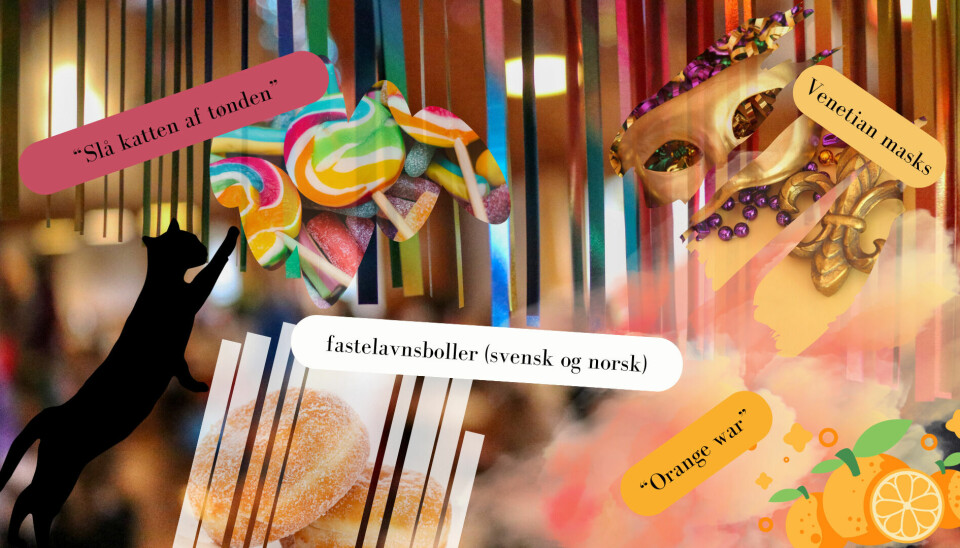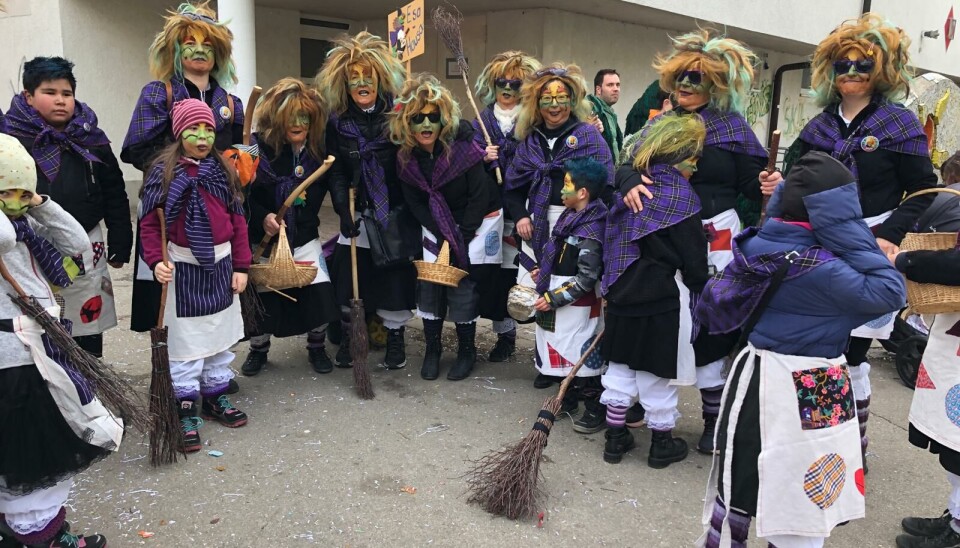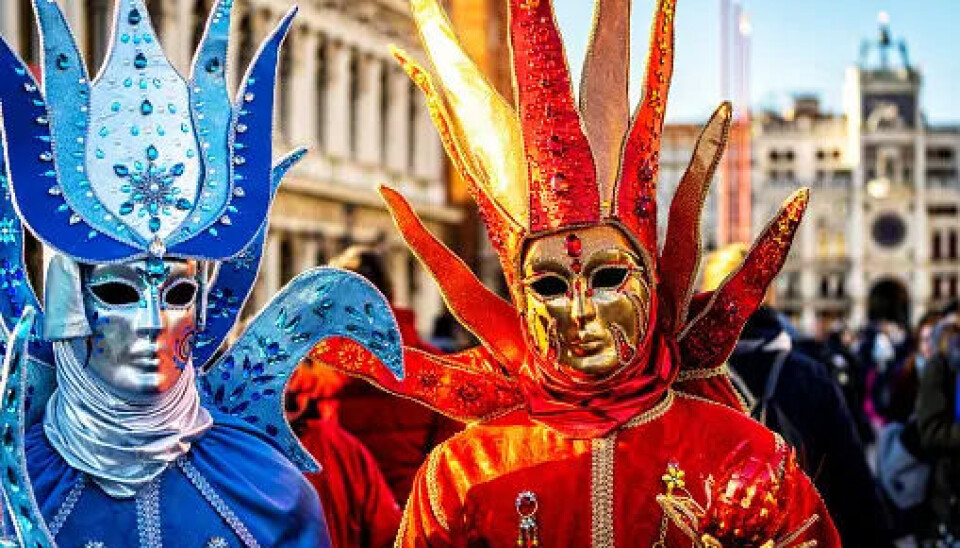#StudentLife

Throw oranges at each other or join a witches' gathering?
Explore different ways to celebrate Carnival in Europe!
Where I belong, Spain has a beautiful Carnival tradition, from large and colorful parades in Santa Cruz de Tenerife to the witty and fun protest songs of the Cadiz Carnival. However, during my Erasmus experience I realized that there are many different ways to celebrate these days: eating candy, throwing oranges at each other, or joining a witches' meeting... I have talked to fellow international students about different ways of celebrating Carnival – here they are.
How Traditions Are Reinvented In Scandinavia
One of the common characteristics that I have found in all countries is meeting with family or friends to eat pastries. In Norway, for example, the festivities bring the name to their famous buns called fastelavnsboller. These sweet buns are usually covered in icing sugar and filled with a sweet raspberry cream – they are usually called "Norwegian fastelavnsboller." However, in many pastry shops in Norway you can also try "Swedish" buns – they are virtually the same but filled with marzipan instead of jam. Needless to say, they are delicious. It is typical to eat them on Sunday.

Besides fastelavnsboller, in Norway, children dress up however they want at school and celebrate with friends and family. Something similar also happens in Spain and in the majority of European countries. But when it comes to Scandinavia, there is a very peculiar tradition that originated in Denmark and spread to the rest of the Scandinavian countries. It is called Slå katten af tønden (“Letting the cat out of the barrel”). What this means is that now people are putting candy and a black stuffed cat inside a barrel. Then children line up and take turns hitting the barrel. The ultimate goal is to tear it to pieces and eat the candy. Mie (23), an exchange student from Denmark, tells to me that in the past, the tradition was to put a real cat into the barrel. The reason why was that according to religious beliefs, cats were considered evil. So people placed them in the barrel to literally drive out evil in preparation for Lent and Easter.
Of course, now times have changed, and putting a live cat in a barrel is something inconceivable. But the tradition has adapted and survived, becoming something playful and very sweet. "Some kids go to their friends' house to ask for sweets," Mia says. And although she is now an adult, she always tries authentic fastelavnsboller for Carnival.
In Germany Women Dress Up as Witches
Without a doubt, one of the countries with the most curious carnival tradition is Germany. Francis (24) is from Göpinggen, a city in the south of the country. She tells me that in her region, the women dress up as witches and all meet in a large place. Normally, there are huge women's associations that participate in this celebration. They wear a tie in their clothing, and the tradition is that they must cut it. Then the Carnival begins, and so do the chaos and the witches' dance which is called Weiberfastnacht. “It is something very popular in my region, and many women in my family participate. I have seen it with my own eyes, and it is very fun and crazy," says Francis. "I have also been to the parades. Traditional German music plays there, and people dress up. And it is also typical to eat sweets that are called the berlinas.”

The Carnival Itself Originated in Italy
It is said that the first carnivals happened in ancient Rome. Known as Saturnalia, they were the festivities of rejoicing and excess that the Romans organized to gain the favor of Saturn, the god of time. Nowadays, Italians celebrate Martedì Grasso, or Fat Tuesday. On this day, they organize large family banquets. According to Melone, an Italian teacher who collaborates with National Geographic magazine, the carnival has been celebrated in Venice since 1296.
“In the year of the pandemic, I booked a hotel and a trip to Venice to experience the Venice Carnival," shares Emmanuela, an Italian Erasmus from the Le Marche region. "Due to COVID, it had to be canceled, but today it continues to be celebrated even more strongly than before. Sp I plan to return.”
And the Venice carnival is one of the most important in the world. Everyone wears masks to hide their identity. For that day, each person's gender, religion, and social class are annulled. “The rich could pretend to be poor, and the poor could pretend to be rich,” a tradition known as Crazy day.

But there are also other customs such as a celebration in the Piedmont region called the “Orange War.” On foot or in carts, people throw oranges at each other, evoking the class struggle between commoners and the nobility.
Federica (22), an Italian Erasmus student from Milan, says that costume contests are also very trendy in Italy. Groups of friends go to the parades dressed in the same theme. Emmanuela (22) remembers these festivities with great affection: “When I was little, I dressed up as a character from an Italian cartoon. And the artist who voiced this character was singing at the parade! He dedicated the song to me, and I was very excited.”
Before starting my trip to Oslo, I only had the Spanish idea of what Carnival was. In fact, when you travel, you realize that you know nothing about the world around you – that there are many more things to know outside your country. And the Erasmus experience invites you to meet people from other countries, with other cultures and other traditions that you can learn from. This is what we, exchange students, are experiencing these days. We miss our home, but we are happy to live in a new place for a while. And we will always remember that once in our life, we experienced the Carnival in Oslo.
































